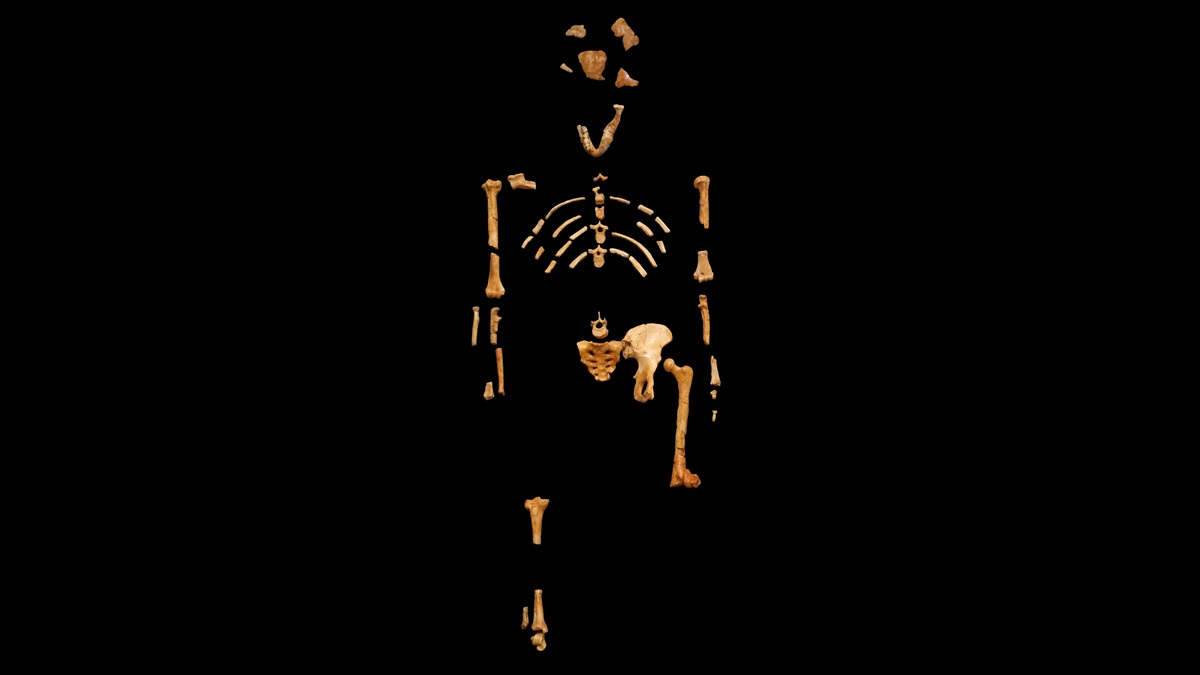But would it still make a ripple of difference to the contrarian side? Christian creationists "seem" to stick with challenging or making hay of old, outdated stuff from the 19th and early 20th-centuries. And decolonizers of science being active from the POV of their pre-Western traditions prior to Eurocentric oppression of regional cultures and ethnicities.
- - - - - - - - - - - - - - - - - - -
Darwin’s fear was unjustified: Writing evolutionary history by bridging the gaps

INTRO: Fossils are used to reconstruct evolutionary history, but not all animals and plants become fossils and many fossils are destroyed before we can find them (e.g., the rocks that contain the fossils are destroyed by erosion). As a result, the fossil record has gaps and is incomplete, and we’re missing data that we need to reconstruct evolutionary history.
Now, a team of sedimentologists and stratigraphers from the Netherlands and the UK examined how this incompleteness influences the reconstruction of evolutionary history. To their surprise, they found that the incompleteness itself is actually not such a big issue. “It’s as if you are missing half of a movie. If you are missing the second half, you can’t understand the story, but if you are missing every second frame, you can still follow the plot without problems.”
“The regularity of the gaps, rather than the incompleteness itself, is what determines the reconstruction of evolutionary history,” explains Niklas Hohmann of Utrecht University’s Faculty of Geosciences, who led the study. “If a lot of data is missing, but the gaps are regular, we could still reconstruct evolutionary history without major problems, but if the gaps get too long and irregular, results are strongly biased.” (MORE - details)
PAPER: https://doi.org/10.1186/s12862-024-02287-2
_
- - - - - - - - - - - - - - - - - - -
Darwin’s fear was unjustified: Writing evolutionary history by bridging the gaps

Darwin’s fear was unjustified: Writing evolutionary history by bridging the gaps
Fossils are used to reconstruct evolutionary history, but not all animals and plants become fossils and many fossils are destroyed before we can find them (e.g., the rocks that contain the fossils are destroyed by erosion). As a result, the fossil record has gaps and is incomplete, and we’re...
www.eurekalert.org
INTRO: Fossils are used to reconstruct evolutionary history, but not all animals and plants become fossils and many fossils are destroyed before we can find them (e.g., the rocks that contain the fossils are destroyed by erosion). As a result, the fossil record has gaps and is incomplete, and we’re missing data that we need to reconstruct evolutionary history.
Now, a team of sedimentologists and stratigraphers from the Netherlands and the UK examined how this incompleteness influences the reconstruction of evolutionary history. To their surprise, they found that the incompleteness itself is actually not such a big issue. “It’s as if you are missing half of a movie. If you are missing the second half, you can’t understand the story, but if you are missing every second frame, you can still follow the plot without problems.”
“The regularity of the gaps, rather than the incompleteness itself, is what determines the reconstruction of evolutionary history,” explains Niklas Hohmann of Utrecht University’s Faculty of Geosciences, who led the study. “If a lot of data is missing, but the gaps are regular, we could still reconstruct evolutionary history without major problems, but if the gaps get too long and irregular, results are strongly biased.” (MORE - details)
PAPER: https://doi.org/10.1186/s12862-024-02287-2
_

